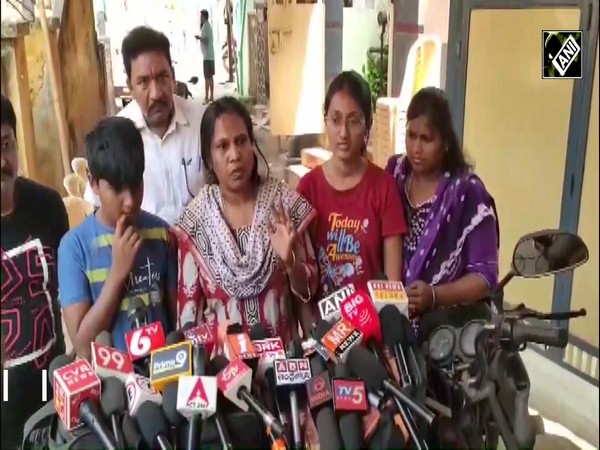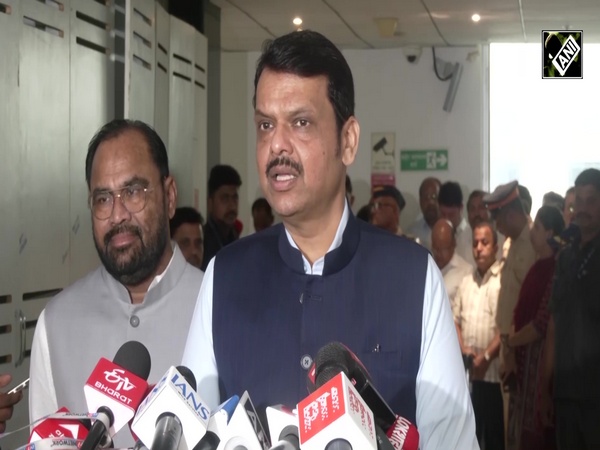
World Bank chief Ajay Banga meets UP CM Yogi Adityanath during day-long Lucknow visit
May 09, 2025
Lucknow (Uttar Pradesh) [India], May 9 : World Bank President Ajay Banga met Uttar Pradesh Chief Minister in the state's capital on Friday. The World Bank Chief is on day-long visit to Lucknow to attend a host of meetings and events.
Under the vision of CM Yogi Adityanath, the state is moving rapidly towards achieving the target of becoming a USD 1 trillion economy, the Uttar Pradesh government said in a statement announcing the visit of the World Bank chief.
"By becoming synonymous with enterprise, advancement, progress and excellent law and order, Uttar Pradesh has cemented its identity as the 'growth engine of the country'," the statement said.
The interests of global institutions have been increasing and they are wanting to become a partner in this journey, the statement added.
During his one-day visit, Ajay Banga is scheduled to visit Lucknow and neighbouring Barabanki district and participate in various meetings, interactions and programmes.
He will visit the Take Home Ration (THR) plant at Chinhat Block. Later, he is scheduled to visit a beekeeping center in Rajauli, Barabanki and interact with women beekeepers. Later in the evening, he will participate in a reserve program before leaving for Delhi.
On Thursday, the World Bank President Ajay Banga met Prime Minister Narendra Modi in New Delhi. According to sources, infrastructure and agriculture were among the key topics on the agenda during their discussion.
Separately, World Bank in a report recenty asserted that the extreme poverty (living on less than USD 2.15 per day) fell from 16.2 percent in 2011-12 to 2.3 percent in 2022-23, lifting 171 million people in India above this line. This in a way is an endorsement of Prime Minister Narendra Modi's poverty reduction claims.
Over the past decade, India has significantly reduced poverty. According to the Poverty & Equity Brief report of World Bank released recently, rural extreme poverty dropped from 18.4 percent to 2.8 percent, and urban from 10.7 percent to 1.1 percent, narrowing the rural-urban gap from 7.7 to 1.7 percentage points--a 16 percent annual decline.




























